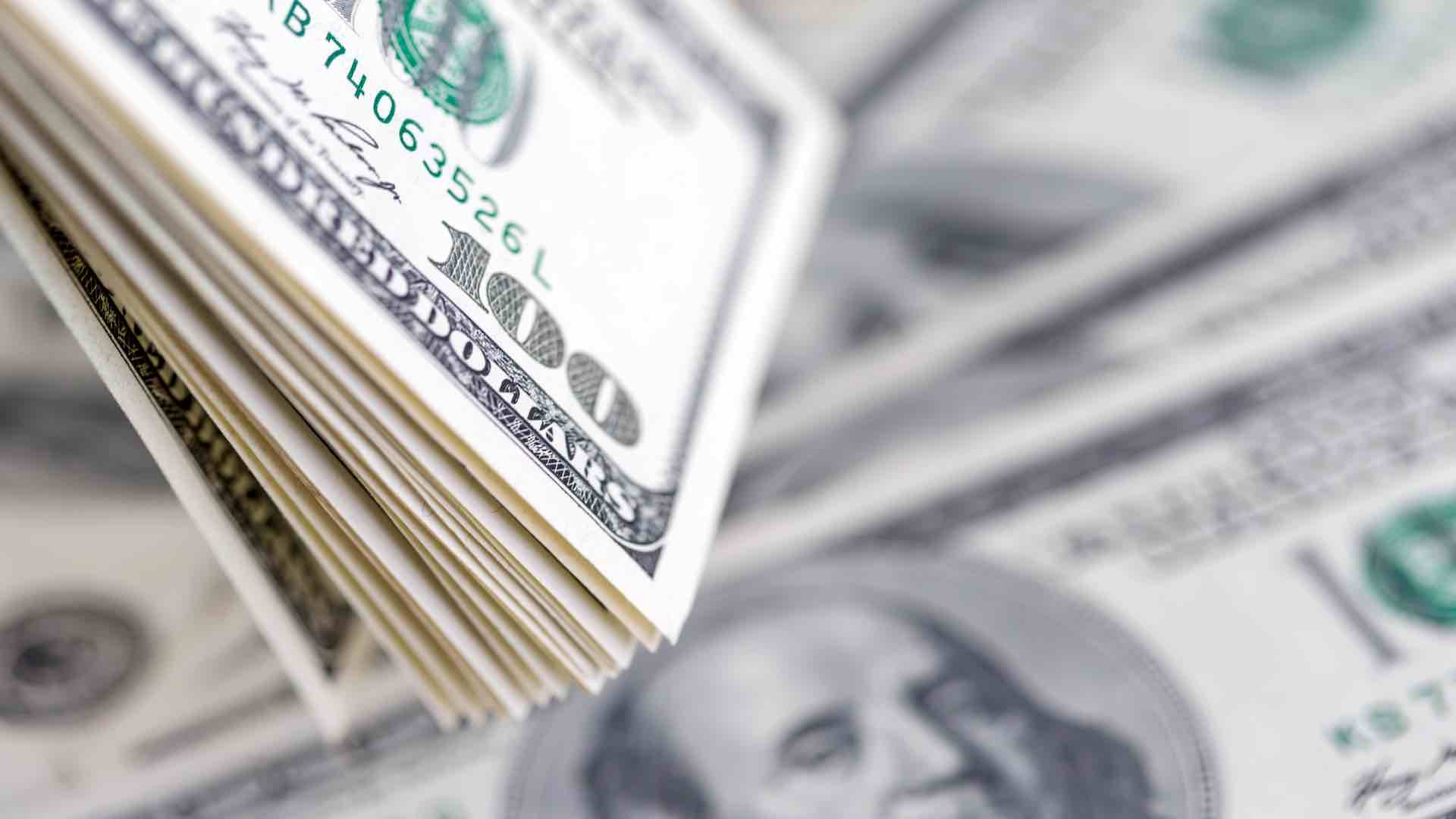The U.S. dollar index surged to its highest level in more than two years on Thursday, reflecting investor optimism about the U.S. economy and expectations surrounding the return of Donald Trump to the White House later this month. The index, which measures the dollar’s strength against a basket of major currencies, rose 0.8% by mid-afternoon trading, reaching levels last seen in November 2022. Renewed confidence in the U.S. economic outlook dominated market sentiment as trading resumed after the holiday season.

Wall Street stocks opened higher before turning mixed, while the dollar’s gains signaled strong investor appetite for U.S. assets. Analysts highlighted the resilience of the U.S. economy, where growth has exceeded expectations despite elevated interest rates, with unemployment remaining near historic lows. Susannah Streeter, head of money and markets at Hargreaves Lansdown, noted that markets are banking on a “goldilocks scenario” in 2025, supported by prospects of tax cuts and deregulation under a second Trump administration.
Such policies are expected to fuel growth, while the Federal Reserve’s monetary stance could remain relatively hawkish compared to other central banks, sustaining the dollar’s appeal. The dollar’s strength pressured major currencies, with the euro falling 1% to $1.0255, its weakest level since November 2022, and the British pound dropping 1.17% to $1.2367, an eight-month low. European economic forecasts remained downbeat, weighed by stagnation in the U.K. economy and structural challenges across the eurozone.
Analysts pointed to uncertainties surrounding Trump’s proposed tariffs and trade policies as further headwinds for European currencies. Market expectations of divergent interest rate paths also contributed to currency movements. Traders foresee over 100 basis points of rate cuts by the European Central Bank in 2025, compared to only 45 basis points of easing by the Federal Reserve. Higher U.S. rates support the dollar, while softer policy stances in Europe have weakened the euro and pound.
Elsewhere, the Japanese yen hovered near multi-month lows against the dollar, affected by the Bank of Japan’s reluctance to tighten monetary policy further. Meanwhile, China’s yuan hit a 14-month low amid declining yields and expectations of additional domestic rate cuts. Emerging market currencies also faced downward pressure, reflecting broader concerns about global trade disruptions stemming from potential U.S. tariffs.
Despite slight rebounds in some currencies on Friday, the dollar remained on track for its strongest weekly gain since early December, ending the week up nearly 1%. Analysts at Saxo Bank expect the dollar to retain its strength, supported by elevated U.S. yields, resilient economic data, and safe-haven demand amid policy uncertainties. ING analysts echoed this sentiment, forecasting sustained dollar dominance as Trump’s trade and fiscal policies reshape global market dynamics in 2025. – By MENA Newswire News Desk.
